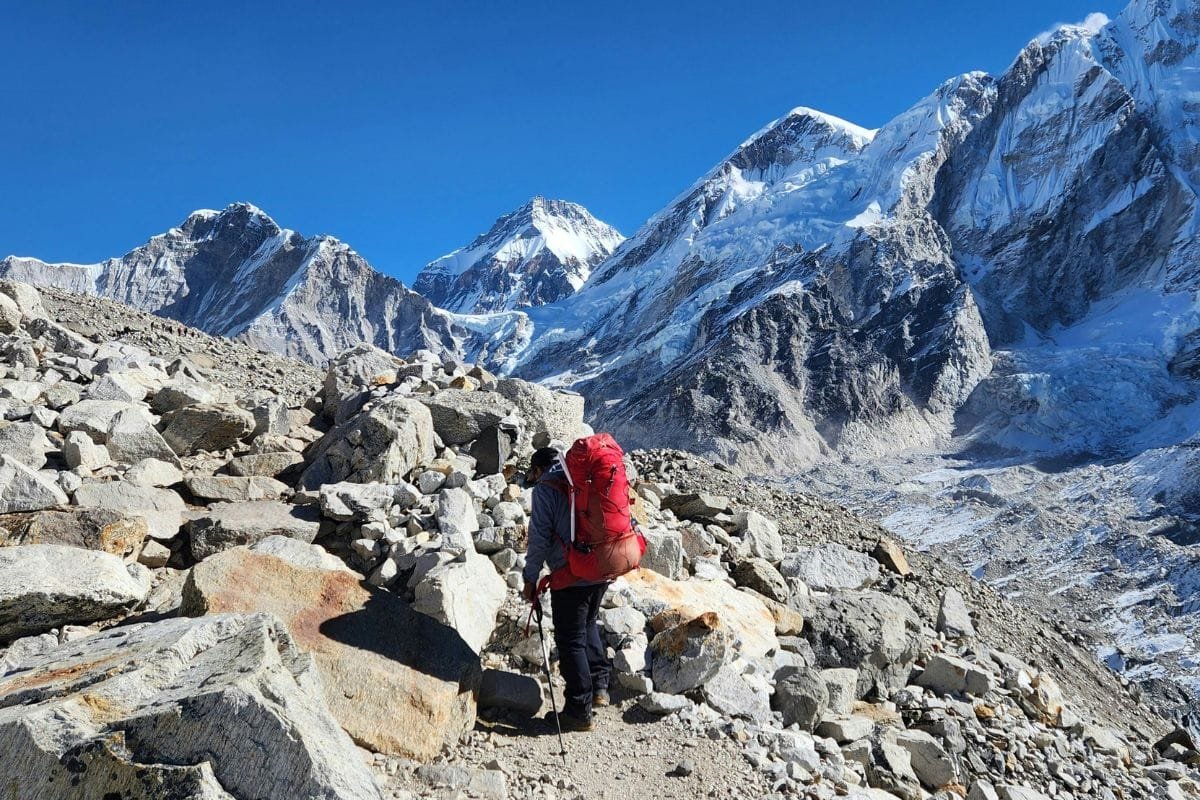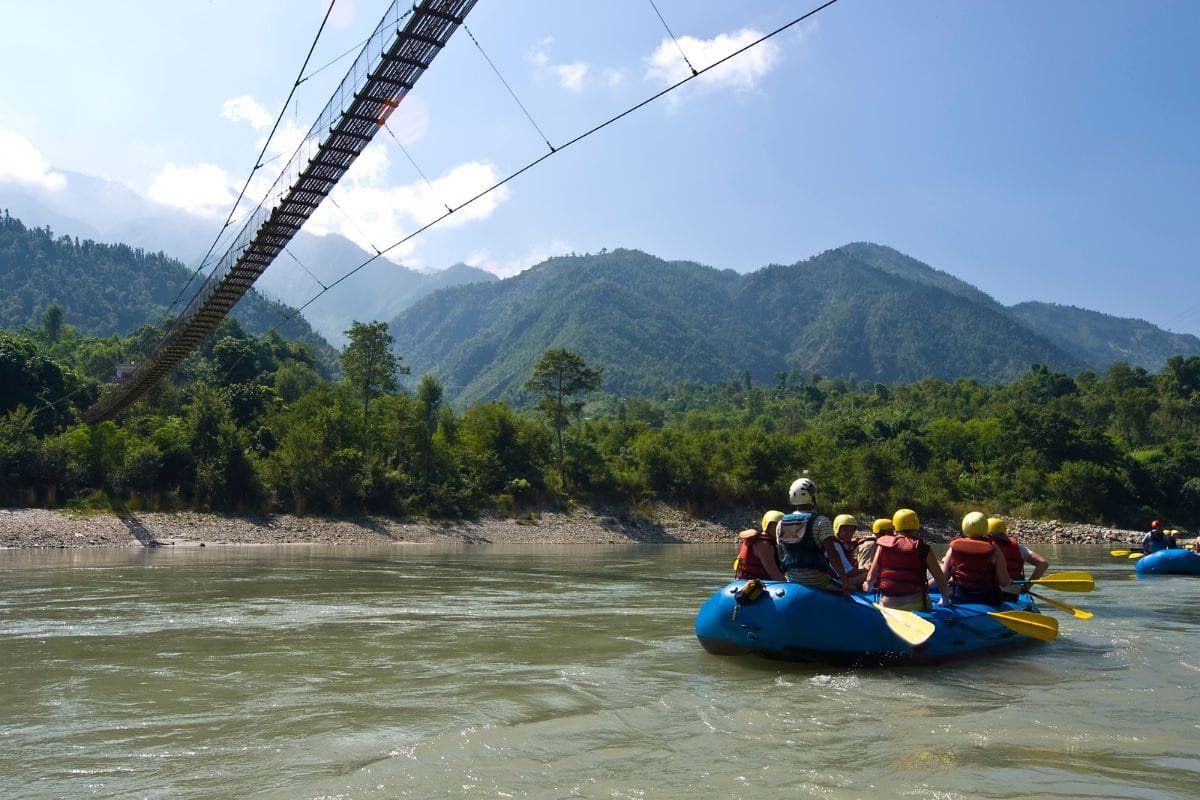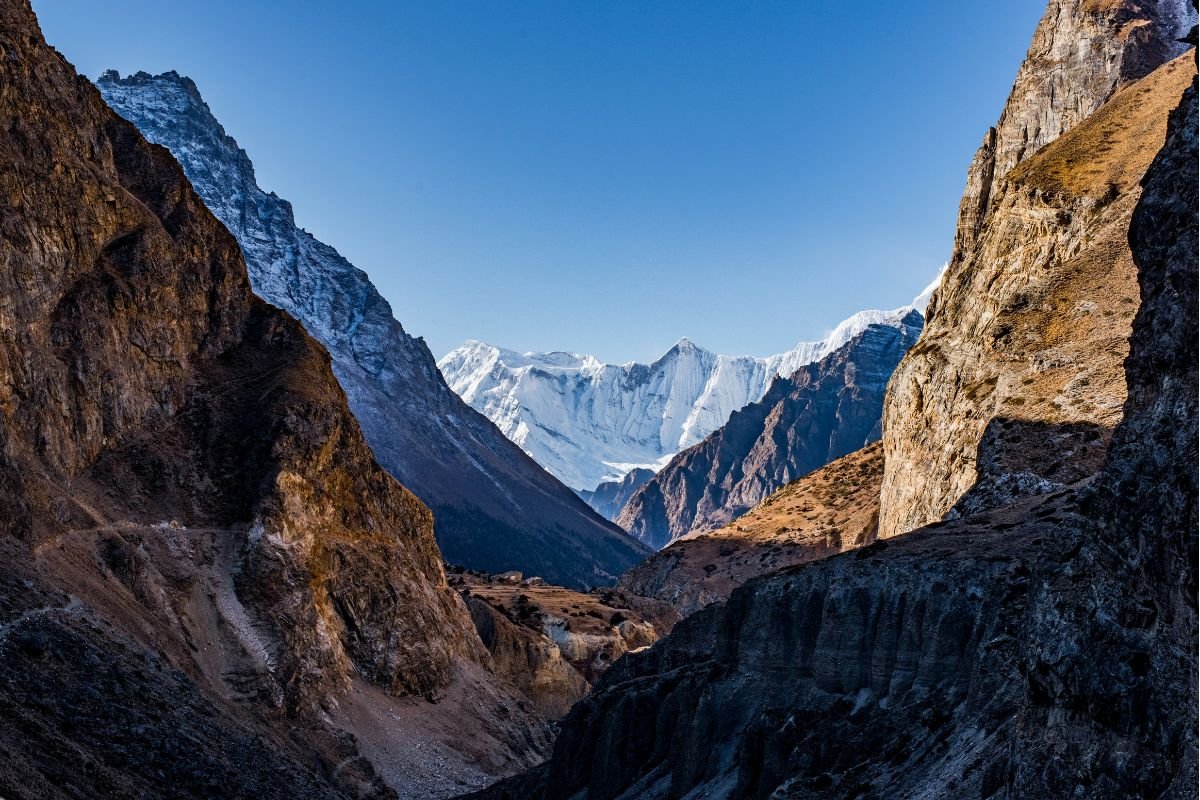Introduction: The Mystical Mountain of Divine Energy
Mount Kailash, standing majestically at 6,638 meters (21,778 ft) in the remote Tibetan Autonomous Region of China, is not just a mountain—it is a spiritual epicenter revered by millions across the world. Known as Kang Rinpoche (Precious Snow Mountain) in Tibetan and Kailāśa in Sanskrit, this sacred peak is believed to be the cosmic axis of the universe, connecting heaven and earth.
For Hindus, it is the eternal abode of Lord Shiva, where he sits in perpetual meditation with Goddess Parvati. For Buddhists, it represents Mount Meru, the center of all physical and spiritual universes. Jains revere it as the site where Rishabhadeva (the first Tirthankara) attained enlightenment, and followers of the ancient Bon religion consider it the Soul Mountain, the heart of their spiritual world.
Unlike other Himalayan peaks, no human has ever summited Mount Kailash, adding to its mystique. Many believe that climbing it would be an act of sacrilege, and those who have tried report strange failures—sudden weather changes, equipment malfunctions, or even unexplained disorientation.
The Sacred Significance of Mount Kailash
1. Hinduism – The Abode of Lord Shiva
In Hindu scriptures like the Puranas, Mahabharata, and Ramayana, Mount Kailash is described as Shiva’s divine home, where he resides with Parvati, Nandi (the bull), and his ganas (celestial attendants). The Skanda Purana states that merely seeing Kailash washes away sins of a lifetime.
- The Legend of Ravana & Kailash: According to the Shiva Purana, the demon king Ravana attempted to lift Kailash to take it to Lanka. Enraged, Shiva pressed the mountain down with his toe, trapping Ravana beneath it. Ravana then composed the Shiva Tandava Stotram in praise of Shiva to seek forgiveness.
- The Four Faces of Kailash: The mountain is said to be made of crystal, ruby, gold, and lapis lazuli, each representing a different divine quality.
2. Buddhism – The Center of the Universe (Mount Meru)
Tibetan Buddhists believe Kailash is the earthly manifestation of Mount Meru (Sumeru), the axis of all cosmic realms. It is also associated with Demchok (Chakrasamvara), a wrathful Buddha manifestation representing supreme bliss.
- Milarepa’s Victory: The great Tibetan yogi Milarepa is said to have meditated here and defeated a Bon priest in a spiritual duel, establishing Buddhism’s dominance in Tibet.
- The Kora (Parikrama): Circumambulating Kailash is believed to purify negative karma. One full kora (52 km) erases the sins of a lifetime, while 108 koras can lead to enlightenment.
3. Jainism – The Site of Rishabhadeva’s Enlightenment
Jains worship Kailash as Ashtapada, where Rishabhadeva (Adinath), the first Tirthankara, attained moksha (liberation).
4. Bon Religion – The Nine-Story Swastika Mountain
The ancient Bon tradition predates Buddhism in Tibet and considers Kailash as Tagzig Olmo Lung Ring, the spiritual center of the world. The swastika-shaped mountain is believed to be the seat of all spiritual power.
The Holy Mansarovar Lake – A Divine Reservoir of Purity
Just 30 km south of Kailash lies Lake Mansarovar (4,590 m), one of the highest freshwater lakes in the world. Its name comes from Manas (mind) and Sarovar (lake), meaning “Lake of the Mind.”
- Mythological Importance: According to Hindu texts, Brahma created Mansarovar from his mind, making it supremely pure.
- Spiritual Benefits: Bathing in Mansarovar is said to cleanse sins and bestow blessings. Drinking its water is believed to grant miraculous healing.
- Rakshas Tal (Demon Lake): Nearby lies this saltwater lake, contrasting with Mansarovar’s purity. Legend says Ravana performed penance here to please Shiva.
The Kailash Parikrama (Kora) – A Pilgrimage Like No Other
The 52 km circumambulation around Kailash is one of the most sacred pilgrimages, taking 3-4 days on average. The trek is physically demanding due to high altitude (up to 5,636 m at Dolma La Pass) but spiritually transformative.
Key Stops on the Kora:
- Darchen (4,575 m): The starting point, a small pilgrim town with basic facilities.
- Yam Dwar (Gate of the God of Death): Symbolically, passing through it means leaving behind worldly attachments.
- Dirapuk Monastery (4,900 m): Offers the best view of Kailash’s north face, glowing golden at sunrise.
- Dolma La Pass (5,636 m): The toughest part, where pilgrims leave offerings and pray to Goddess Dolma (Tara).
- Zutrulphuk Monastery (4,790 m): Contains a cave where Milarepa meditated, radiating spiritual energy.
Inner Kora vs. Outer Kora
- Outer Kora (52 km): The standard pilgrimage route.
Inner Kora (30 km): Only accessible to those who have completed 13 outer koras, taking pilgrims closer to the mountain’s base.
Best Time to Visit Mount Kailash
- May to September: Ideal due to milder weather (daytime: 10-15°C, nighttime: -5°C).
- Avoid Winter (Nov-Apr): Extreme cold (below -20°C) and heavy snowfall make travel dangerous.
- Saga Dawa Festival (June): Celebrates Buddha’s enlightenment, attracting thousands of pilgrims who perform mass koras.
How to Reach Mount Kailash?
From India:
- Lipulekh Pass (Uttarakhand): Open for Indian pilgrims via the Kailash Mansarovar Yatra organized by the Indian government.
- Nathu La Pass (Sikkim): An alternative route, but requires special permits.
From Nepal:
- Fly from Kathmandu to Lhasa, then travel overland via Shigatse, Saga, and Darchen (7-10 days).
- Permits: Mandatory for foreigners, arranged through registered tour operators.
From Tibet (China):
- Lhasa → Shigatse → Saga → Darchen (4-5 days by road).
Mysteries & Unexplained Phenomena
- No Summit Ever: Despite multiple attempts, no one has officially summited Kailash. Some claim supernatural forces prevent it.
- Rapid Aging: Pilgrims report faster nail and hair growth, suggesting altered time perception.
- Magnetic Anomalies: Compasses behave erratically near Kailash, fueling theories of hidden energy vortexes.
- The Shape of Om (ॐ): From the south, the mountain’s ridges resemble the sacred Om symbol.
Final Thoughts: A Journey of Transformation
Mount Kailash is not just a destination; it’s a calling for the soul. Whether you seek adventure, divine blessings, or inner peace, this sacred mountain offers an experience beyond the physical realm.


